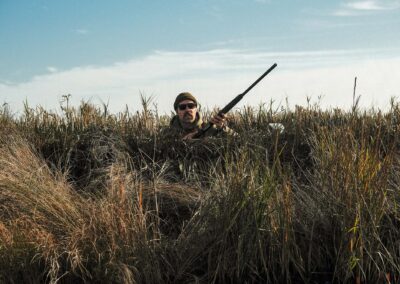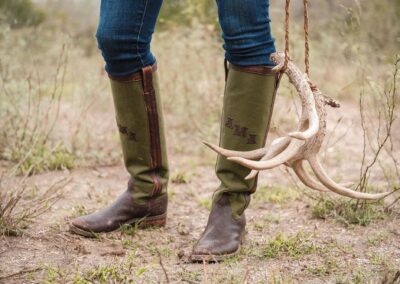Your cart is empty
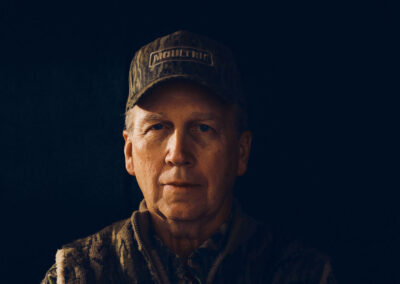
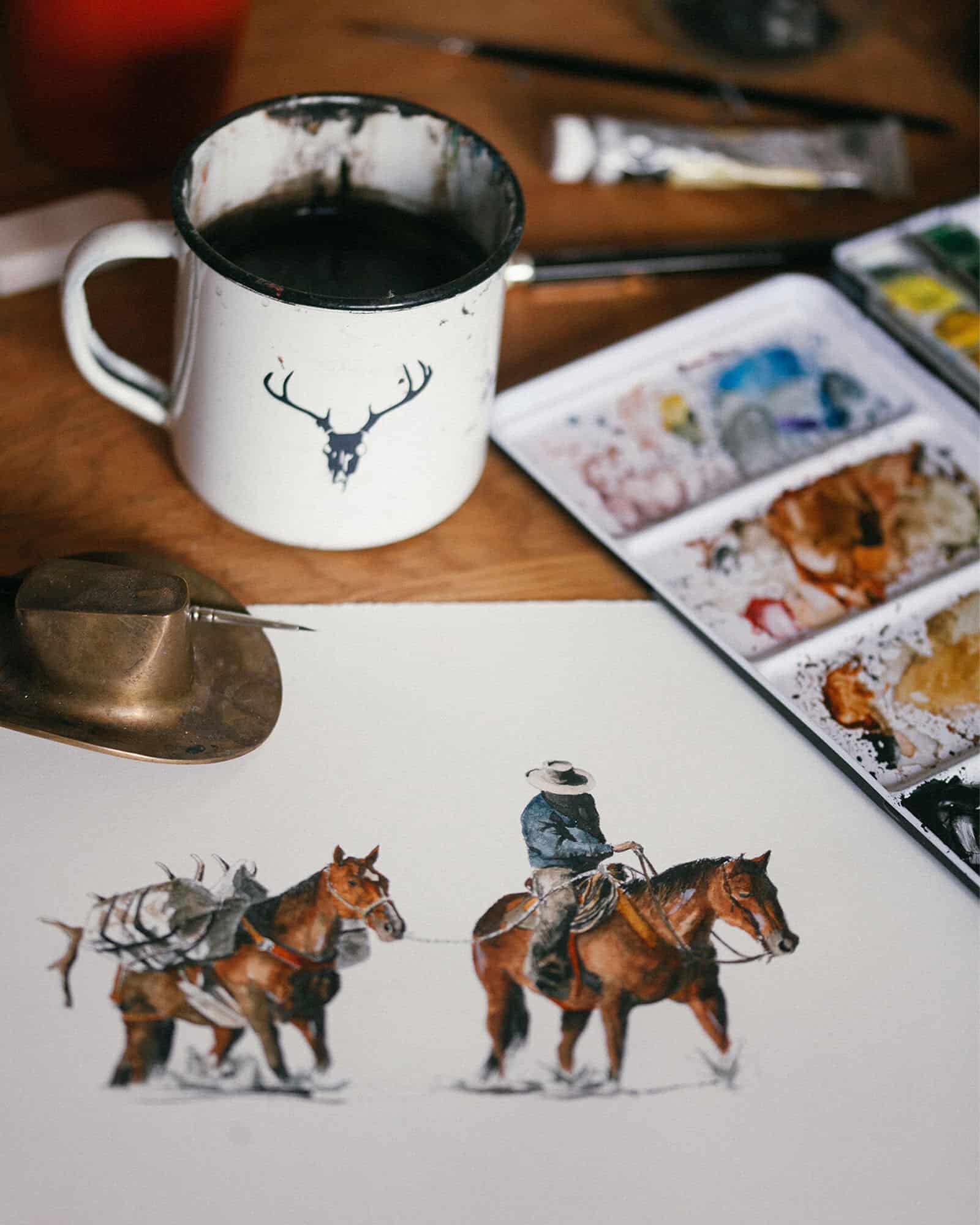
The core of Modern Huntsman’s exploration of the outdoors is our creative community, and we’re especially proud of the collaborations between fine artists that have come out of our team’s effort. This week, we released our Limited Edition Cover of Volume Five, which features original artwork by Spanish watercolorist Dani Verges based on a photo taken by Modern Huntsman’s Creative Advisor, Chris Douglas.
Between Chris’s home ground in Montana and Dani’s studio in Barcelona, the two artists’ partnership illuminates the cowboy lifestyle of the American West in a truly incomparable way. Writing Editor Jack Evans recently talked through Chris and Dani’s collaboration, creative process and the fascination with the wilderness:
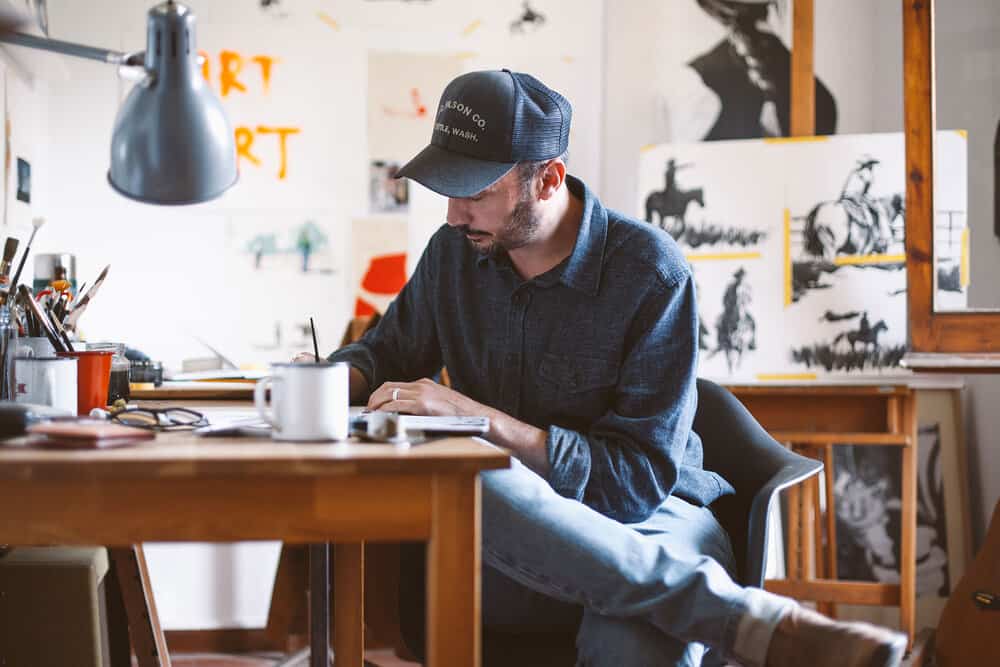
Dani Vergés
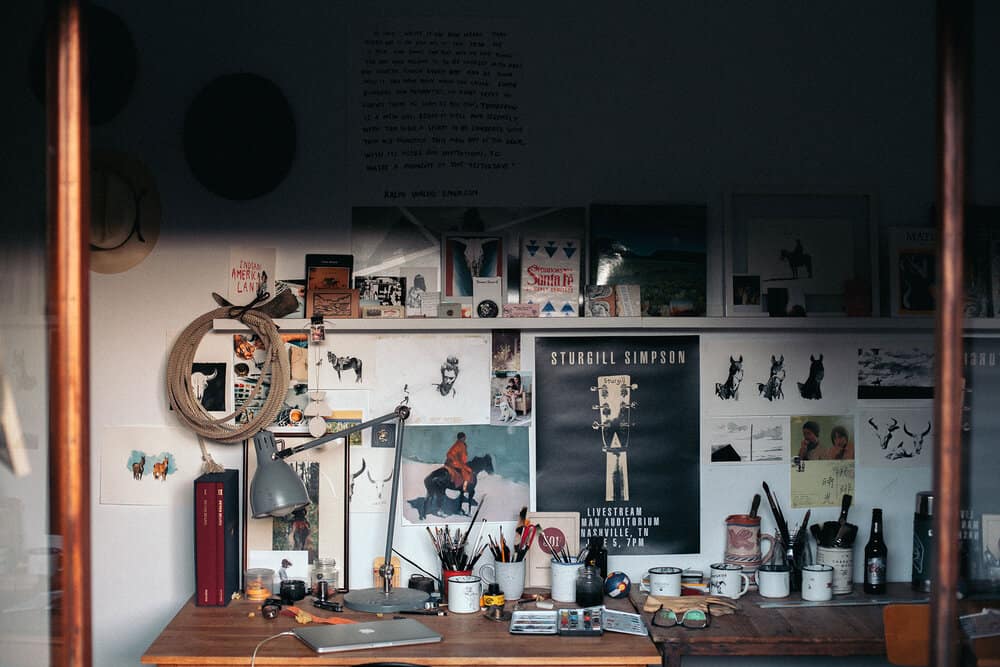
JE: Dani, we were very excited to be introduced to your work through Chris, our Creative Advisor. It’s amazing how well your illustrations can transport us to the perspective and world-experience of ranching and hunting. Why are you artistically pulled towards that way of life?
DV: A few years ago, I spent some time on ranches in Colorado, and it was strange because it was so different from Spain — so fewer people, such a grander landscape — and yet I felt like I had arrived home there. The lifestyle of working on the land, as a cowboy, was full of these contradictions of peace and wildness, quietude and harshness, and always hard work. It was so beautiful to me and so important — so I want my drawings to express all this because I think these are the things that people need to be able to feel and appreciate right now. It was great to bring this work to Modern Huntsman because I love the magazine! I’ve given it to friends here who have never had a chance to understand hunting, so they were against it. I just told them: “Read it.” And they love it too because the stories really help to make sense of things that are so necessary to us all right now — food and health and effort and being connected to nature.
JE: It’s true — In many ways, I see Modern Huntsman as a search for the kind of primal fulfillment of all that’s missing from our uniquely modern lives. We’re not just glorifying some lifestyle that “used to exist;” we’re really trying to synthesize what’s always been good for humans with our complex present story. Since you first saw the potential in Dani’s visual storytelling, Chris, can you describe what stood out to you?
CD: Well nowadays we are so inundated with photography — nearly anyone with an iPhone 11 can take a great photo — and I think that’s a great thing! But putting real images through someone like Dani’s artistic interpretation takes the vision to another level. I like how paintings like this one, on the cover, are inspirational, aspirational, to the reader. The guy who takes the train from Brooklyn to New York twice a day can look at this and be transported, shaken, and pointedly affected in an emotional way by it. The starkness of Dani’s work, the blank space, gives it this gravitas, and people can have their own imaginations around it.
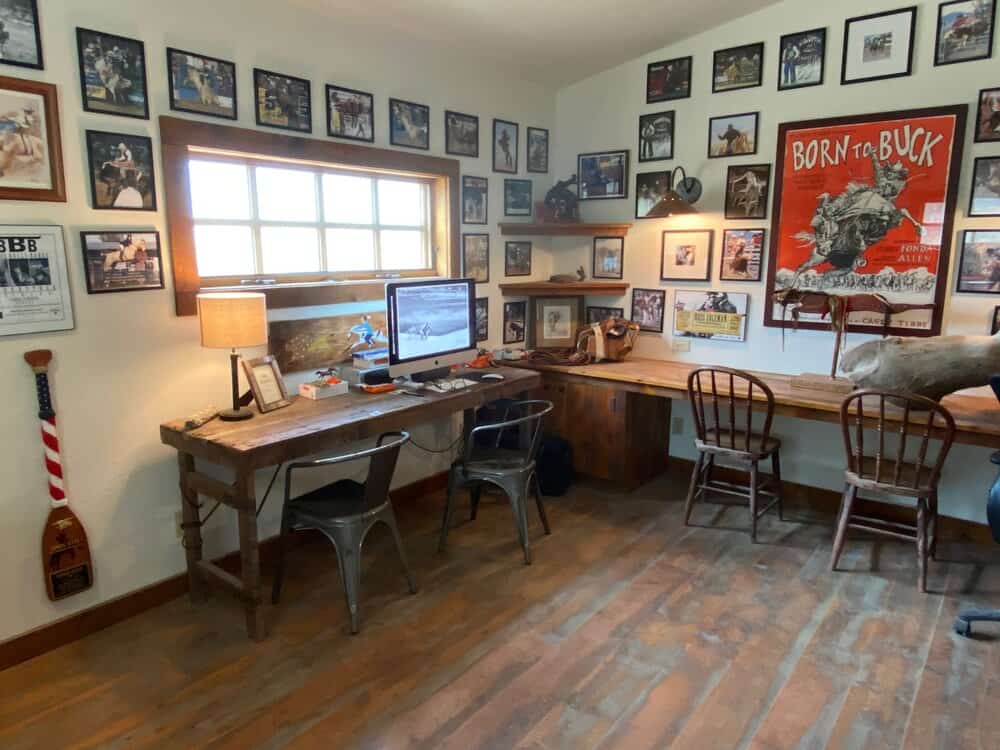
JE: Entirely, it’s great to have images like these that the reader can project their own emotions into. The reader’s not told the story of the image; they make it themselves. It seems like these paintings can really set you off down a path of imagination in a way that ultra-real photos might not.
CD: It’s like a little vignette of a moment in time, and I think you can get lost in that — spiritually, emotionally — that’s where the inspiration happens. It gets me anxious sometimes to see my ten-year-old son seeing images on his phone, on TV, that are all packaged and presented and explained to him. It’s like everything is getting done for him. I think it’s important to scale all that way back so that people can develop their thoughts and visions themselves.
JE: It’s very interesting to me that an artist in Spain can imagine their way to this world of the American West, and so acutely! Your art, Dani, is an innately imaginative process. But what’s it like to go there, so far away from your day-to-day life?
DV: I’ve always been excited by the act of mixing people’s perspectives. There is a “Western-style” aesthetic, but I am not from that exactly! So whatever I see in it will be new, added. That’s what excites me. When I was a kid, these Western books I was reading had illustrations in them that were very subtle and simple, just floating between the lines of the words. They did not explain everything, but they completely helped to create the story, making your brain go… wherever! And I do believe that my drawings really belong alongside the words of stories. So that people can begin to picture the characters and places.
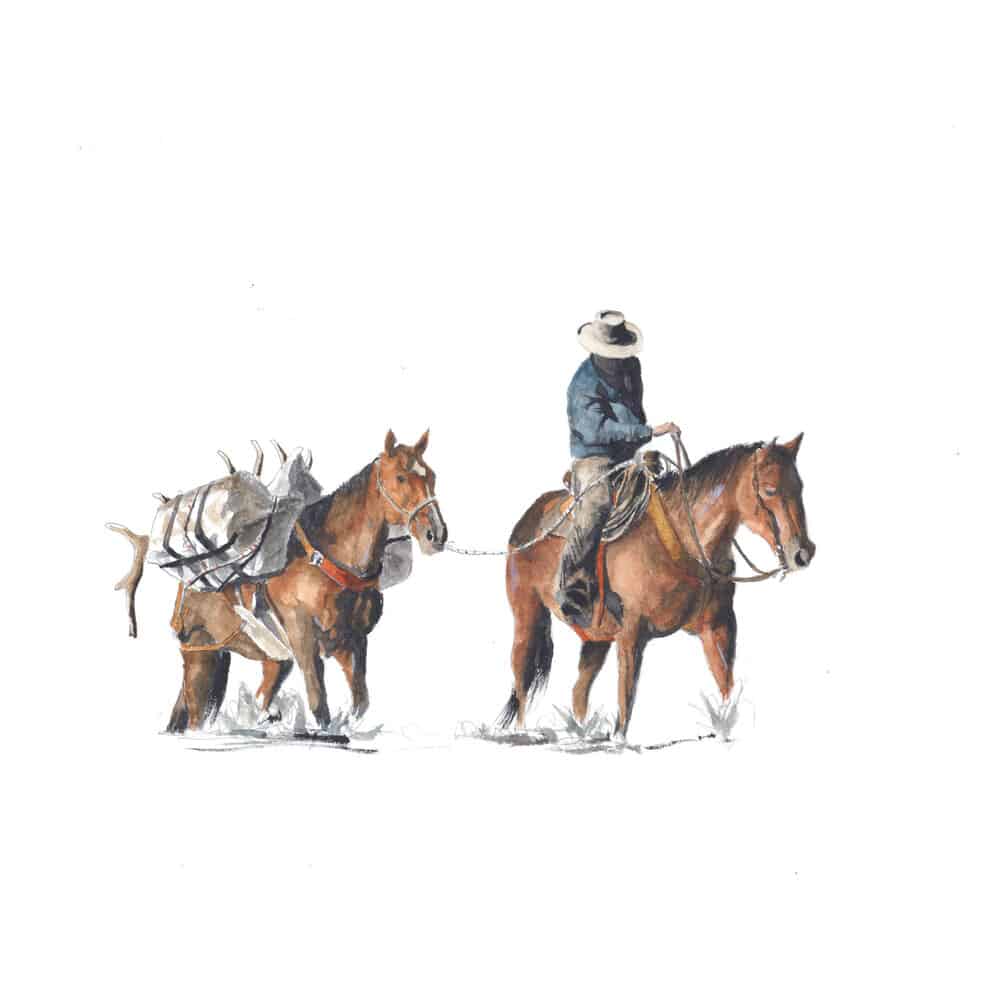
JE: I think one of the real duties of imaginative artwork, whether it’s literature or painting, is to return the sense of awe or the magic to the things that we see every day and take for granted. Looking at a painting, especially an isolated character study of a horse or a cowboy or a bison, like yours, prompts a double-take. I mean, the world around us, it’s just absolutely incredible. It’s normal to forget that, but very much an artist’s job to provide that fortunate reminder.
DV: For this reason, I go every morning to hike this mountain near my house to see these horses—every morning! And I love it every single day. I don’t have the landscape that you guys have (in Montana), but paying that kind of attention to wherever you are brings you into connection with the landscape or even the lifestyle. My art is about this harsh, cowboy lifestyle of effort, and wildness and hard work because I think it carries so much beauty in it. Most of the people who follow my drawings don’t just see a picture of a cowboy; they see everything that the cowboy means. I think these feelings and dedications are so necessary to us all right now.
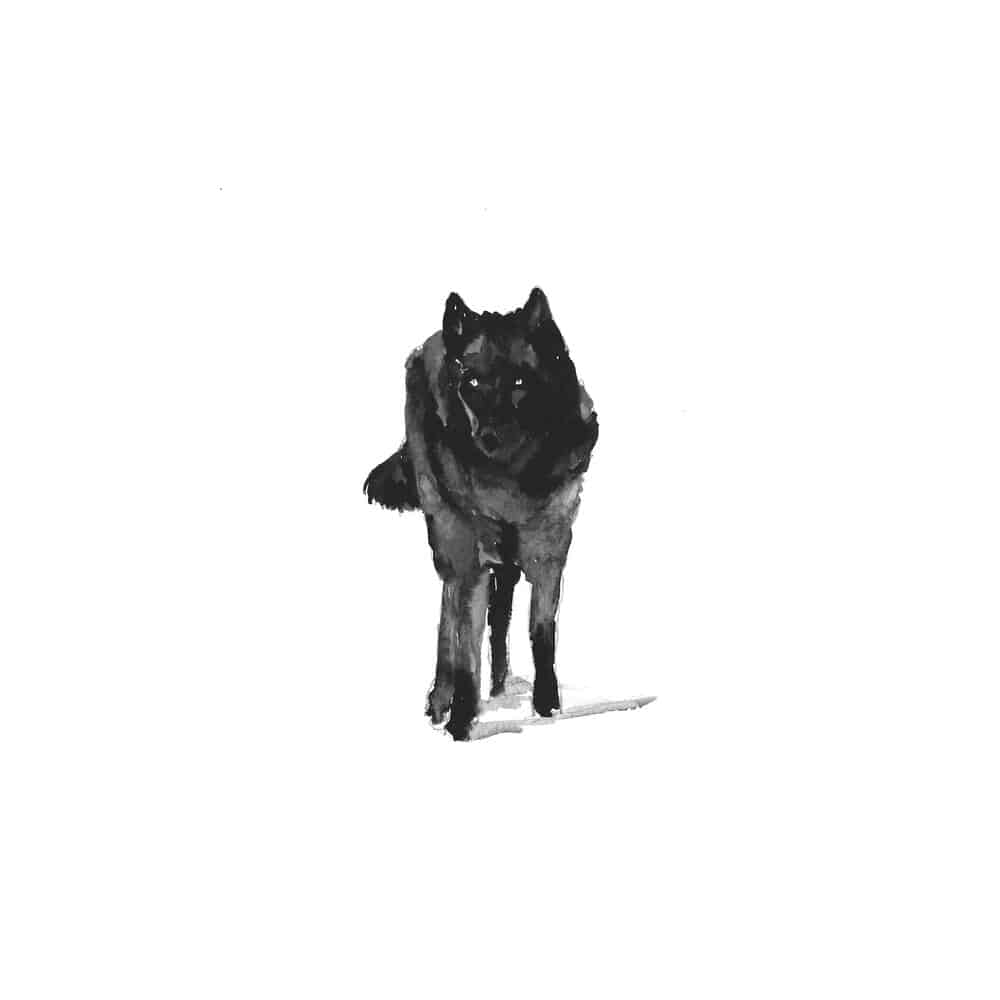
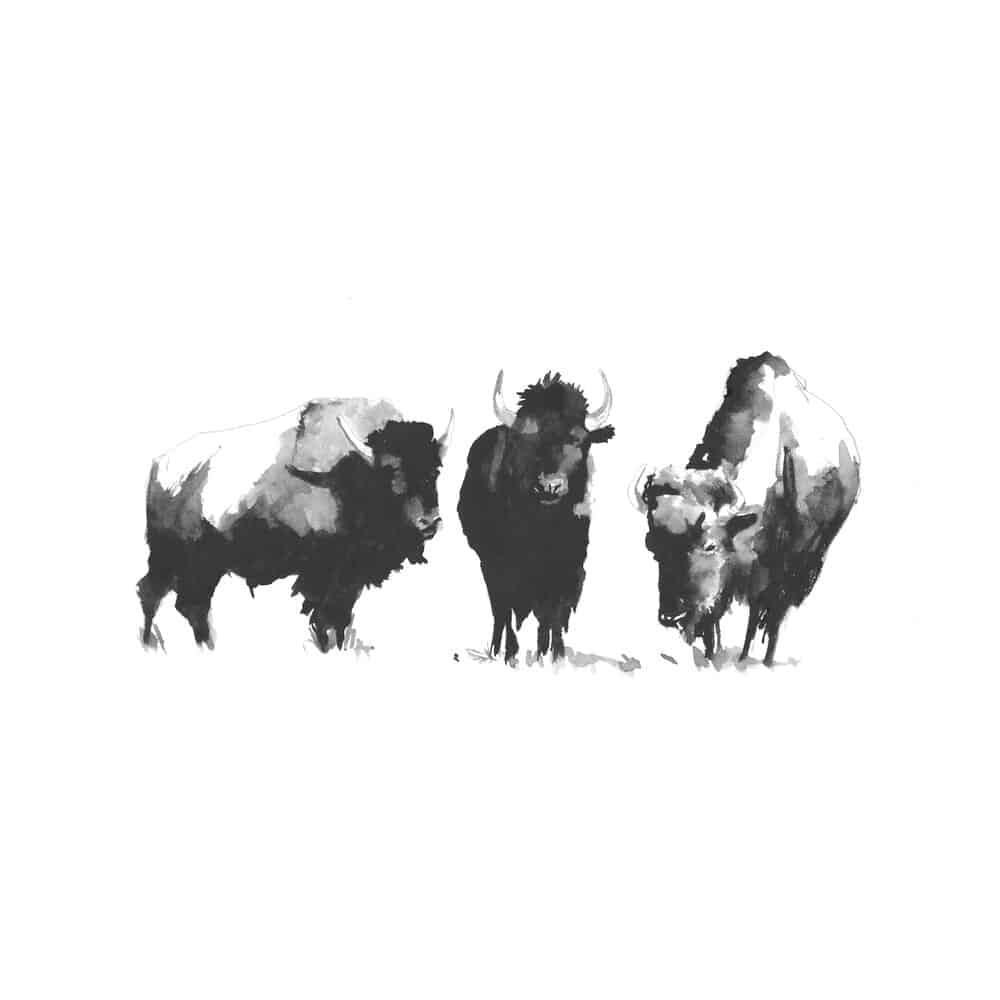
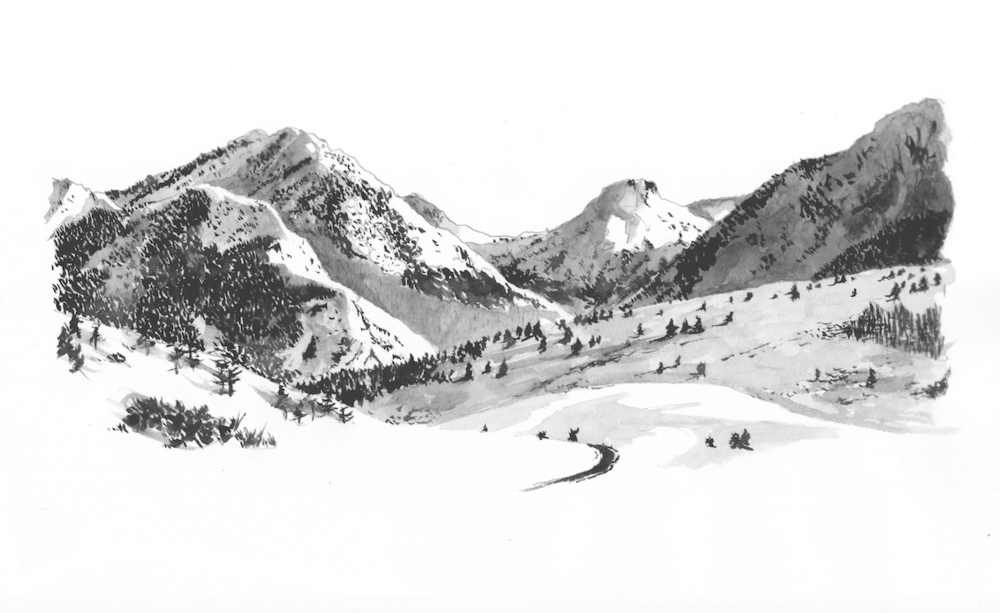
The Limited Edition bundle includes three 4×6 black & white prints made from Dani’s original artwork, alongside this unique cover.
Related Stories

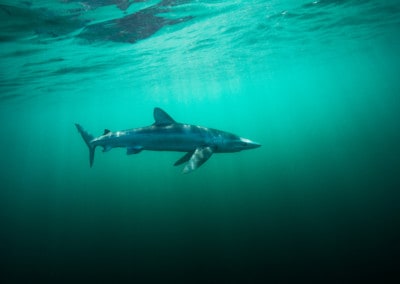
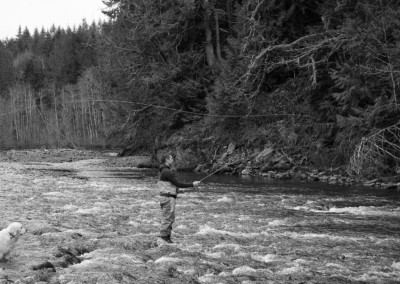
Latest Stories

